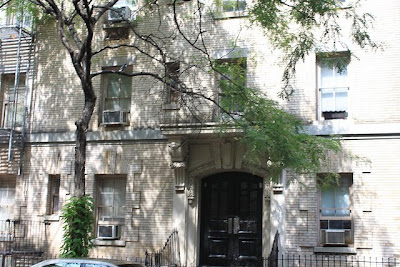
 The iron fence trend was first brought to America from England during the colonial era. Ornamental iron details guarded the finer houses in the better neighborhoods, or churches and public buildings. Eventually however, by the early 19th century, American blacksmith shops were capable of competing with the imports and produced American made architectural iron a more readily available choice.
The iron fence trend was first brought to America from England during the colonial era. Ornamental iron details guarded the finer houses in the better neighborhoods, or churches and public buildings. Eventually however, by the early 19th century, American blacksmith shops were capable of competing with the imports and produced American made architectural iron a more readily available choice.The first American ornamental iron fence pieces were hand "wrought" or worked, thus the term "wrought iron." The craftsmen would heat, bend, hammer, stretch and twist the metal into the proper shape and pattern for decoration, railings, and iron fence panels. You can identify the original hand wrought iron by the rolling ribbon-type designs that often have visible hammer marks and irregularities in size and patterns.
 Eventually, in the mid 1800s, cast iron fences were being made in shops by pouring melted iron into molds. The demand for these types of cast iron fence pieces saw their height of popularity in the Victorian era. Since this type of fence could be mass-produced and shipped anywhere, it quickly became the common-place choice for fences, especially in cities. These would be painted either dark green or black and they became a regular sight in every city street all over the country.
Eventually, in the mid 1800s, cast iron fences were being made in shops by pouring melted iron into molds. The demand for these types of cast iron fence pieces saw their height of popularity in the Victorian era. Since this type of fence could be mass-produced and shipped anywhere, it quickly became the common-place choice for fences, especially in cities. These would be painted either dark green or black and they became a regular sight in every city street all over the country.Current trends for fence work do include some ornamental hand wrought iron work, but the skill and expense required is typically cost prohibitive to homeowners. Salvaged pieces are finding new homes as repurposed trellises or framed openings in brick walls. Some iron details are cropping up as extensions to the top of masonry and rock walls, and more and more salvaged pieces are appearing as interior design pieces. Two popular uses are as a headboard for a bed and as a room divider for large spaces.
No comments:
Post a Comment